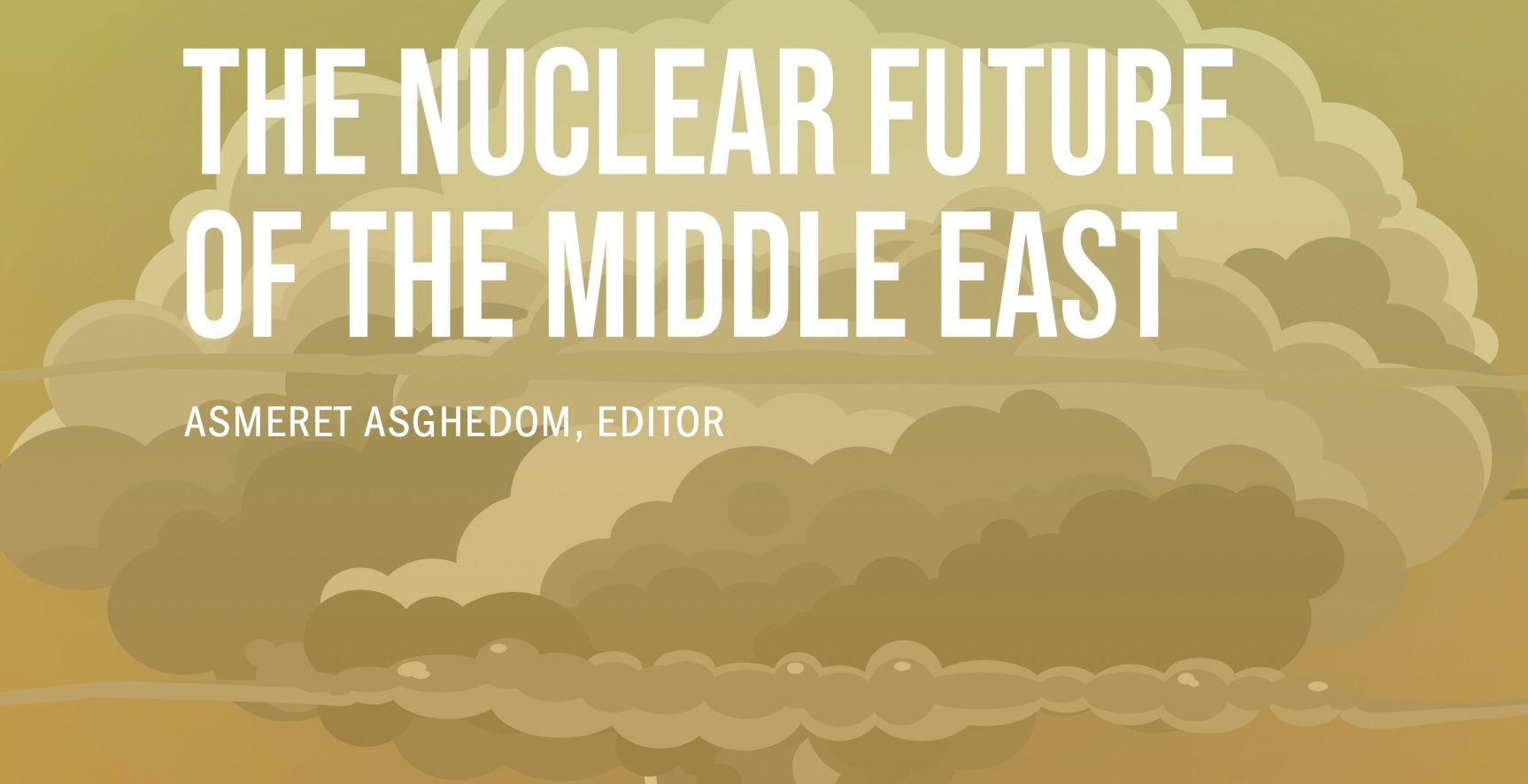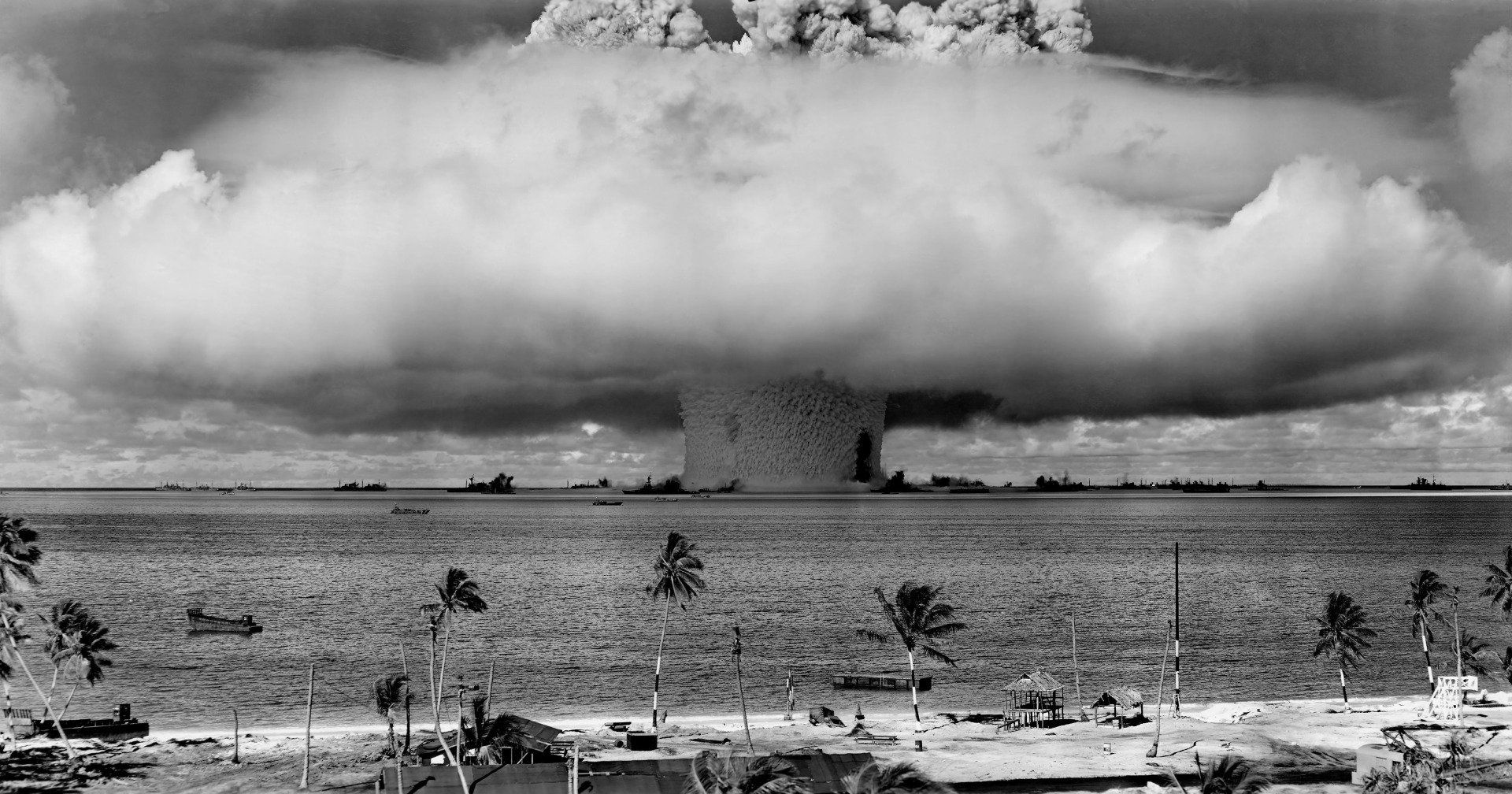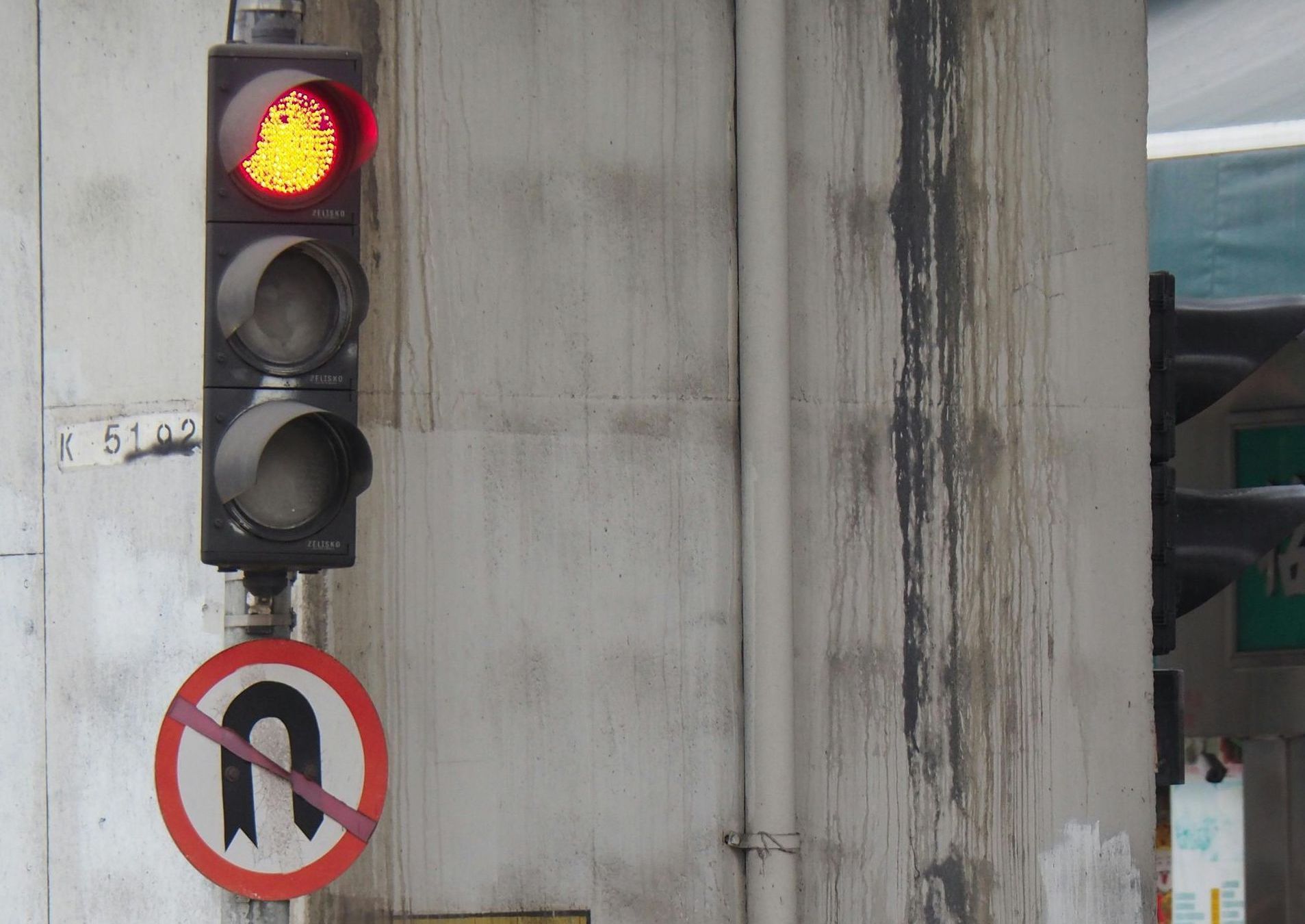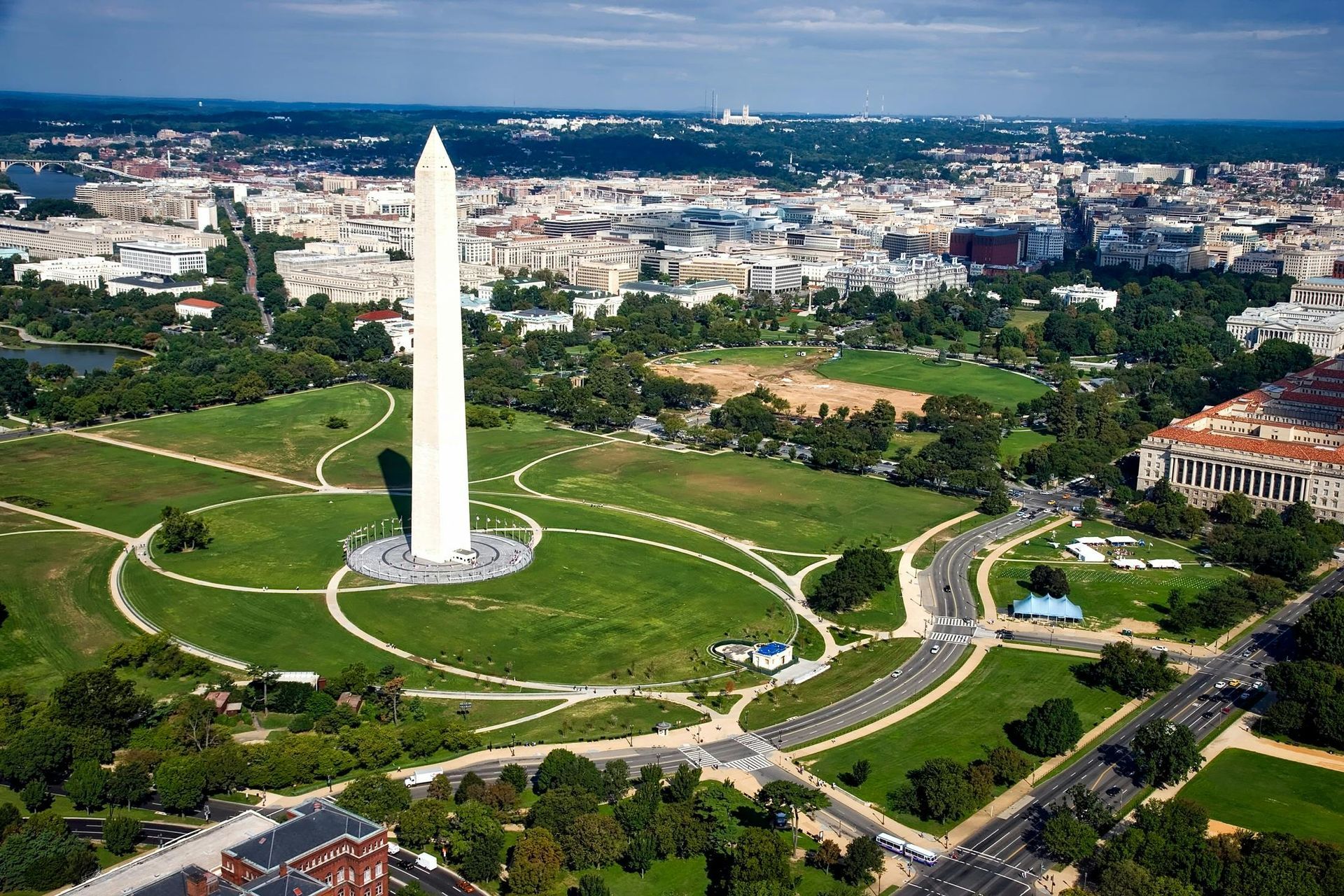The Hon. Christopher A. Ford
New Paradigms Forum -- International Security Policy Since 2009
Nukes and the Vow: Security Strategy as Peacework
Dr. Ford's controversial essay on thinking about nuclear weapons and deterrence through the lens of Buddhist compassion.
This essay was first published in July 2009 by the Upaya Compassionate Action Network , based at the Upaya Zen Center in Santa Fe, New Mexico. It is reproduced here for the convenience of New Paradigms Forum readers.
It is relatively easy to vow to save all sentient beings; it is much harder to figure out how best to do it. Engaged Buddhism – that rich field of action in the world that devotes itself to the alleviation of suffering by trying to address unhealthy patterns and structures in human social life – aims beyond merely the transformation of individual hearts. It aspires also to systemic transformation. This inescapably entangles it, however, with quite conventional issues of public policy.
The compassionate imperative of the Bodhisattva’s vow to save all sentient beings is certainly clear enough for any Mahayana practitioner interested in engaged practice, but the vow is notably unspecific about policy details. This is how it must be, however, for as it is said in the Four Vows, creations are numberless and delusions are indeed inexhaustible. Consequently, numberless too are the “skillful means” ( upaya ) that may be needed to overcome delusion.
In traditional Buddhist iconography, Avalokiteshvara – the Bodhisattva of Compassion, the archetype of the enlightened being committed to bringing all others to salvation – is for this reason sometimes depicted with a thousand arms, each with its own tool. So varied are the forms of suffering in the world, the message seems to be, that only thus equipped could anyone hope to alleviate it. Any insight into the fundamentally transitory nature of things in the samsaric world suggests that no simple or invariant specific recipe would long retain relevance anyway. In other words, the many-handed bodhisattva will have to switch tools frequently.
So of course the Vow does not provide us with useful details! It shouldn’t. In any kind of fixed form, such details would not be useful for long, nor for all the “targets” of compassionate action anyway. Such codification, in fact, might well delude us still further by encouraging unhealthy fixation where in fact we need improvisational flexibility. Genuinely compassionate action is necessarily rooted in an open-minded not knowing. Fixed and rigid answers are not skillful means.
Nevertheless, the vow provides our moral compass, the mountaintop toward which we strive. It is then up to us – in all our inadequacy, and in the face of the hugeness of the task – to navigate through the forests and ravines that lie between us and that peak. It is our responsibility to figure out what our commitment to alleviating suffering means as applied to our particular circumstances. Since we lack Avalokiteshvara’s endless supply of helping hands and useful tools, and because we ourselves may suffer from all manner of samsaric delusions, we must acknowledge that our efforts will frequently fall short or go awry.
Where the Vow meets the complexity and contingency of the world, there may be no transcendentally or permanently “right” answer, and even the best informed and well-intentioned actions today may have sweepingly contrary consequences tomorrow. We cannot know with utter certainty.
Buddhism thus does not dictate policy as much as it dictates where our hearts must lie in working on public policy issues. The Bodhisattva Vow tells us why these things matter , but while compassion offers a yardstick for trying to evaluate the available options and develop new ones, we fall into delusion and attachment if we presume that Buddhism confers upon us infallibility or dictates every specific policy outcome. Certainty is the “near-enemy” – the dark shadow side – of insight. If we know that our position is wholly right and that those who disagree are wholly wrong, we are part of the problem.
Yet, this should not be a call to despair, a message of futility, or an amoral relativism bred in a sense of indeterminacy so seemingly profound that no intelligible course of action can be chosen at all. The very contingency and unpredictability of the world – which makes illusions of our pretenses to prediction and certitude – actually counsels hope: it may yet be that in the volatile soup of public affairs, even our faltering, incomplete, and confused interventions will yield transformative results. Nor does insight into the fundamental unknowability of outcomes necessarily mean that every path is as good as the next one. Not knowing need not be the same thing as having no bearings; we can yet aspire sometimes to glimpse that one path probably is better than another.
In any event, the Vow leaves engaged Buddhists with no alternative but to try to alleviate suffering. In doing so, we must acknowledge and embrace all this not knowing , while grounding our efforts for change in as deep a wellspring of compassion and clarity as we can. And we should hold our specific policy convictions lightly enough that we do not damage real insight and clarity on the sharp edges of their seeming certainties, even as we grasp the compassionate grounding of social action with all our strength.
This is the perspective that I try to bring to Buddhist peacework in the area of nuclear disarmament. It is essential, I feel, to begin from the perspective that the overriding objective is to create a world that contains as little human suffering as possible. Whatever else it might mean for a Mahayana Buddhist to seek, through social action, to create conditions maximally conducive to the enlightenment of other sentient beings, it presumably includes working to ensure a relatively stable global security environment. To put it rather bloodlessly, people who are being slaughtered probably face significant constraints upon their capacity for spiritual practice.
You will notice, however, that I did not begin from the presupposition that it should be a fundamental goal of Buddhist peacework to eliminate nuclear weapons.
Many Buddhist peaceworkers seem to believe this, but to my eye it puts the cart before the horse. The compassionate objective is to prevent or alleviate suffering as Buddhists understand this term: we seek a future world structured so as to offer ever better opportunities for humans to overcome samsaric confusion and attachment. If it could be shown conclusively that the existence of nuclear weapons inherently inhibits spiritual progress – and that a world containing such weapons is intrinsically more enlightenment- inhibiting than any imaginable world without them – then a good Buddhist would surely have to be their implacable foe. This, however, is probably not the case. The world of 2009 is a dangerous and troublesome one in many respects, but I myself would not trade it for 1914 or 1942.
One foreign diplomat friend of mine likes to joke, at least privately, that the disarmament movement needs to be careful lest it “make the world safe again for large-scale conventional war.” He is only partly joking, however. From the perspective of Buddhist compassion, some global security environments without nuclear weapons are surely less desirable than some scenarios that contain them. We must do what we can to avoid offering cures more harmful than the disease we seek to treat, and while it is notoriously difficult to predict outcomes – one way or the other – in the complex adaptive system of modern international politics, we are no friends of compassion if we do not at least worry about the potential unintended consequences of our policy agendas.
We cannot, therefore, be absolutists, nor “theologize” disarmament. We must remember that peace and security is the public policy objective, not nuclear disarmament per se. Weapons elimination is just one possible upaya , to be used or discarded depending upon its contribution to the goal. To treat it as an axiom that no stable and enlightenment-facilitating future world could possibly contain any nuclear weapons seems to me a form of delusive knowing. I am no more willing simply to assume the necessity of eliminating such weapons than I am to assume the imperative of keeping them. From the vantage point of genuine compassion, details matter.
Seen through this prism, it may be that many in the nuclear disarmament movement have hitherto been too certain of the transcendent merit of their abolitionist platform. So gripped have some disarmers been by their own “knowing,” I fear, that they have tended to neglect what ought to merit more attention if we wish to ensure that a disarmed world indeed would be qualitatively better than ours today – and if we wish both to get to such a world and to be able to remain in it over time. Taking disarmament seriously as an Engaged Buddhist may thus require less moral certainty, more willingness to explore the swampy morass of how nations understand and act upon their security interests, and a greater appreciation of what the historian E.H. Carr called “the factor of power” in international affairs.
Many disarmament advocates find something profoundly distasteful in the discourse of international power and quasi- realpolitik calculation. Many also find the very idea of nuclear deterrence itself to be horrifying – implying, as it does, some willingness to risk, threaten, or actually undertake actions not entirely unlike the mass murder of civilian populations. The history of the disarmament movement, in fact, has seen many analyses concluding that such attitudes amount to little short of criminal insanity.
By definition, however, the leaders of those states that today maintain (or are tempted to seek) nuclear arsenals do not share this view, and it is their decisions that will above all else determine the success or failure of the “zero” agenda. Condemning the wholesale malevolence of those who disagree is not a strategy likely to persuade them to do much of anything. Principled disdain for the discourse of deterrence and national security precludes understanding anything particularly useful about the behavior of actual or would-be weapons possessors, and closes off potential opportunities for a debate that goes deeper than just the delivery of mutual unintelligibilities. (This is another way of saying that critics who are too high minded risk abdicating policy engagement in support of their policy agenda.) Worse still, such certainty risks blinding one to the possibility that – at some level, at some point, or under some circumstances – the other side might actually have a valid point to make about global security.
Getting to “zero” will require making a persuasive argument – framed in the discourse of national security through which real-world leaders will approach any relinquishment decision– that abolition will indeed serve the perceived interests of the governments that today hold nuclear weapons. (If these perceived interests are incompatible with abolition, they would have to be changed. This, too, is no easy persuasive task.) Getting to “zero,” and staying there, will require being able to ensure that others can be prevented from acquiring nuclear weapons in the future. Ideally, no participants in an abolition regime will feel any reason to want nuclear weapons in the first place; much more likely, however, at least someone will have to be in some fashion restrained. Sustaining “zero”-based regime may thus require demonstrating that a violator’s “breakout” from an abolition regime can be not merely outlawed – for talk is cheap, even if that talk takes the pleasing form of a universal treaty – but in fact effectively deterred.
To this end, for instance, it must be apparent that violations are likely to be detected if they occur. This requires technical capabilities, but also the admixture of law and politics. (Verification institutions naturally need adequate legal authority, but this authority must also actually be implemented, and verification capabilities must be sustained over time even if they are expensive and must compete with other high policy priorities.) It must also be likely that any such cheating would elicit reactions from the international community sufficient both to deny the violator whatever strategic benefit he had hoped to win, and to make following in the violator’s footsteps seem distinctly unattractive to others. It is doubly important to make nuclear weapons development seem unappealing, because disarmament itself would significantly increase the incentives for proliferation by increasing the strategic value of acquiring even the smallest of “entry- level” nuclear arsenals. After all, in a world otherwise free of such devices, the possessor of such an armory would become a nuclear weapons monopolist – with all the potential this entails for inflicting war-winning devastation or engaging in peace-exploiting extortion.
In fact, a sustainable world of “zero” may have to be one in which significant progress has been made in resolving the perceived security dilemmas that can encourage states to seek nuclear weapons in the first place – or to retain them. Disarmament work, therefore, should be as much about nuclear weapons “demand management” as about “supply control.” These are issues that are nothing if not “political,” revolving around long-term strategies for developing and sustaining broad coalitions of international actors, and shaping the ongoing risk/benefit calculations of states across the ideological spectrum and up and down the developmental ladder.
Whether or not we can provide compelling answers to such tough questions of international politics and national security should determine how committed we are to disarmament. From the perspective of Buddhist compassion, unfavorable answers to these questions should quite properly turn us against nuclear disarmament. If a disarmed world cannot be made reasonably secure against large-scale conventional conflict and against “breakout” by countries seeking nuclear weapons, for example, such a nuclear weapons-free world should not necessarily be preferred to today’s world – in which there has not been a full-blown Great Power war for many decades, and in which proliferation still faces at least some constraints. And an insecure world free of nuclear weapons should surely not be preferred to a future world in which such weapons continue to exist, but in which possessors have only quite small arsenals and have reduced the salience of nuclear weapons in their defense planning, in which limited missile defenses and early- warning data-sharing help reduce the risk from proliferation and from false alarms, in which nonproliferation obligations have become universal, proliferation-facilitating technologies are carefully controlled, and violations are deterred by a high probability of swift negative consequences, and in which all major weapons-possessors benefit from some kind of general transparency and confidence-building treaty regime.
In Buddhist peacework, our lodestar should be fundamental human security, rather than the talismanic presence or absence of nuclear devices per se. If we cannot be reasonably confident of real security in a nuclear-weapon free world, it might be better to have a world with nuclear weapons but in which we can have more such confidence. Depending upon our assessment of the anticipated conditions, in other words, it might be possible to make a Buddhist argument for the retention of nuclear weapons as one constituent element of the global security system. Make no mistake: I do not make such an argument here. Nevertheless, it may be incumbent upon all Engaged Buddhists to be at least alive to this possibility. As the saying goes, the devil is in the details; we should not let either pro- or anti-nuclear knowing get in the way of our employment of skillful means for the alleviation of suffering in this complicated and messy world of international political samsara.
So what does this mean for a Buddhist seeking an avenue of compassionate action in approaching nuclear policy issues? Unfortunately, insight into the contingency and uncertainty of samsaric complexity denies us the easy consolation of “silver bullet” answers. It is not very likely to be the case, for instance, that we can solve all these problems if only the nuclear weapons states were to sign some specific abolition convention or adopt the measures appearing on some particular laundry list of agenda items. The powers of the world are in no immediate danger of having a conversion epiphany like Saul on the road to Damascus, after which today’s approaches to international security affairs will seem as quaintly confused as medieval Christian cosmology probably does to most Engaged Buddhists today. If there is to be a chance for “zero,” it surely lies in and through the dynamics and complications of political life, not in some vain hope of a miraculous transcendence.
Through this prism, it may be that the Engaged Buddhist should pursue an educative agenda focused upon such policy questions. I do not mean this, however, in the all-too usual sense of simple disarmament proselytization – which I regard as being as much part of the problem as of the solution. Rather, it should be a program of educating ourselves as well as others, and in a distinctively open-minded way. Whichever “side” we start on, we must learn to speak the conceptual “language” of the other one; we must become students of the complex muddle of national and international decision-making and security politics, and make ourselves more savvy consumers of other people’s policy advocacy. In this regard, we might hope to apply the precept of not knowing to this agenda of education, not in the sense of adopting some reflexive stance of nihilist rejection – which is the near-enemy, the deluded alter ego, of that precept – but in the application of what might be called “structured doubt.”
Since Engaged Buddhism is fundamentally about policy issues, we cannot and should not eschew having models and theories about the world, nor offering specific recommendations based thereupon. Living out not knowing as structured doubt, however, is a practice involving the careful and continual recollection of the frailty of human reasoning, the enduring unpredictability of the complex world of samsara , the incompleteness of all models and theories, an awareness of our susceptibility to intoxication by the handiwork of our analytical minds, and a continual effort to keep our eyes open for a model’s internal contradictions or for evidentiary counterexamples. Both grasping and aversion are forms of delusive attachment long familiar to Buddhist psychology. We should, therefore, endeavor gently to nudge back into a compassionate focus upon human liberation anyone – including ourselves – who fetishizes nuclear arms one way or the other. On issues of nuclear policy, the educated Engaged Buddhist probably has a valuable role to play as the well-informed and articulate conscience of both the hawk and the dove.
* * *
Dr. Ford is a former diplomat, lawyer, and Navy Reserve intelligence officer presently enrolled in the Chaplaincy Training Program at the Upaya Zen Center in Santa Fe, New Mexico. [Note: He was ordained as a lay chaplain in March 2010.]


Copyright Dr. Christopher Ford All Rights Reserved








